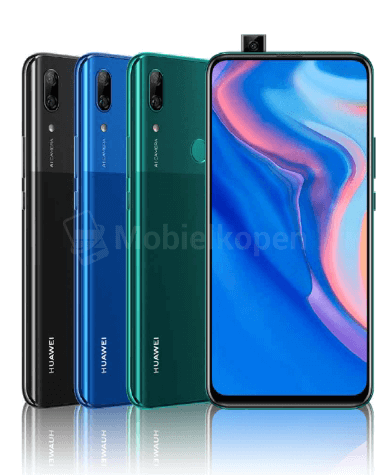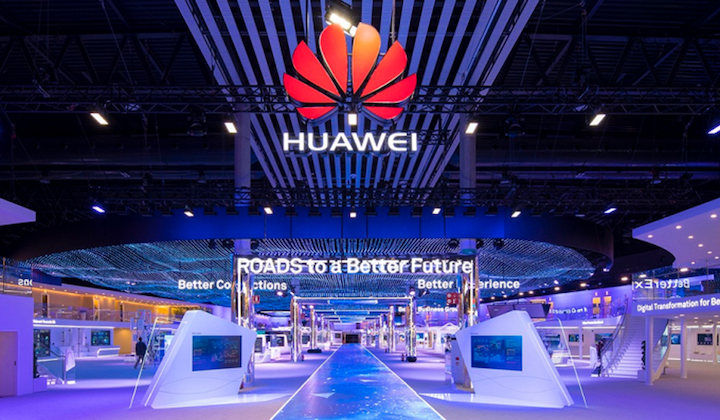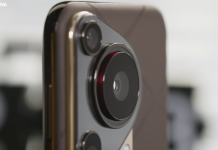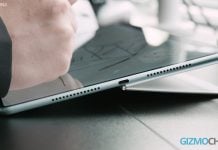On May 15, the Bureau of Industry and Security (BIS) of the U.S. Department of Commerce added Huawei Technologies Co. Ltd and its affiliates to the Entity List which includes companies and people that are considered a national security risk by the U.S. Government. Fresh information reveals that Google has suspended some of its business with Huawei in compliance with this new change. As a result, future phones from Huawei will continue to run on Android, but won’t feature proprietary apps and services by Google.
While Huawei has maintained that it is independent from the government of China, many countries have raised concerns that the company’s products could be used for surveillance by the Chinese government. Now that Huawei has been blacklisted in the U.S, it will not be able to use Google’s non-open source products and services. However, existing Huawei phones will continue to run on Android since it is publicly available.
According to a Google spokesperson, the search engine giant will not be releasing security updates and technical support for Android software running on Huawei devices. The existing phones from the company will continue to feature Google Play and its Play Protect security. However, newer phones from Huawei will lose access to some of the popular Google services like Play Store, Gmail, Chrome browser and YouTube.
Huawei has been aiming to become the number one smartphone brand in the world. However, its devices have never been easily available in the U.S. since they are not sold through U.S. carriers. Since Huawei is now included in the trade blacklist, it will be very difficult for the Chinese firm to do business with U.S. counterparts. The company’s attorneys are reportedly looking into the impact of the blacklist.
The impact of the ban will be minimal in China as Google mobile apps are banned in the country. But European operations will be affected as it is one of the major markets for the company.
Owing to the ongoing tensions between Huawei and the U.S. government, the Chinese firm has already developed its own operating system. In March, Huawei had claimed that its future devices will run on Android and Windows and it will only resort to using its own OS when it will be disallowed from using the U.S.-made operating systems.

Huawei phones are powered by Kirin chipsets that are manufactured by its subsidiary brand called HiSilicon. There are very few phones form the company that are powered by Qualcomm’s Snapdragon chipsets. The Huawei Enjoy Max and Honor 8X Max from last year were powered by Snapdragon 636. However, it appears that future Huawei and Honor smartphones may not feature Snapdragon SoCs.
(source)








